Which of the following pairs of isomers respresents a pair of conformational isomers ?
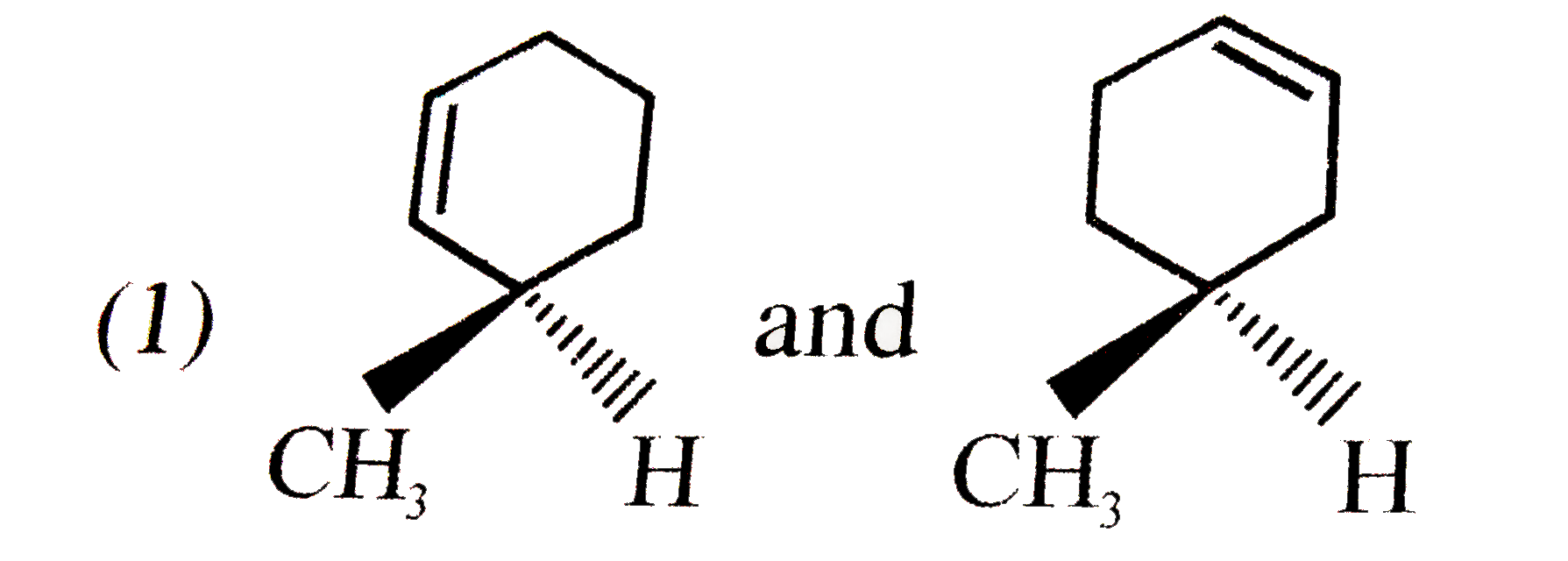
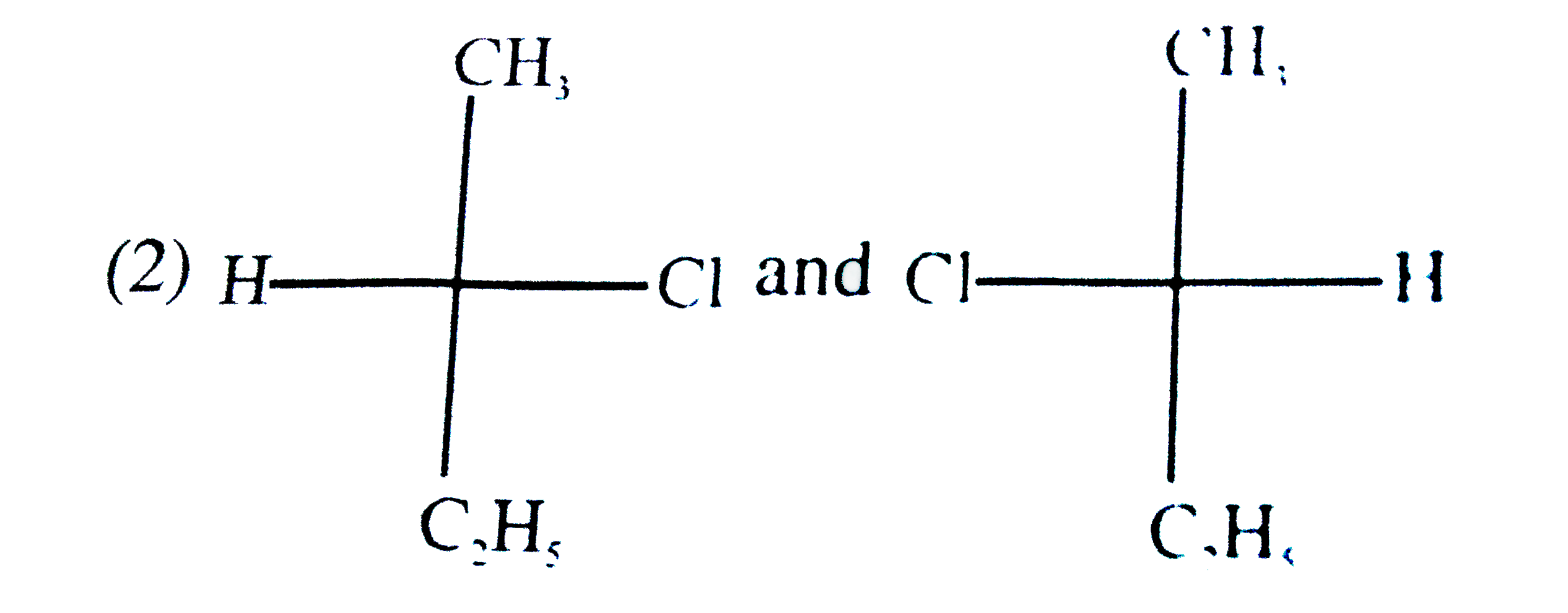
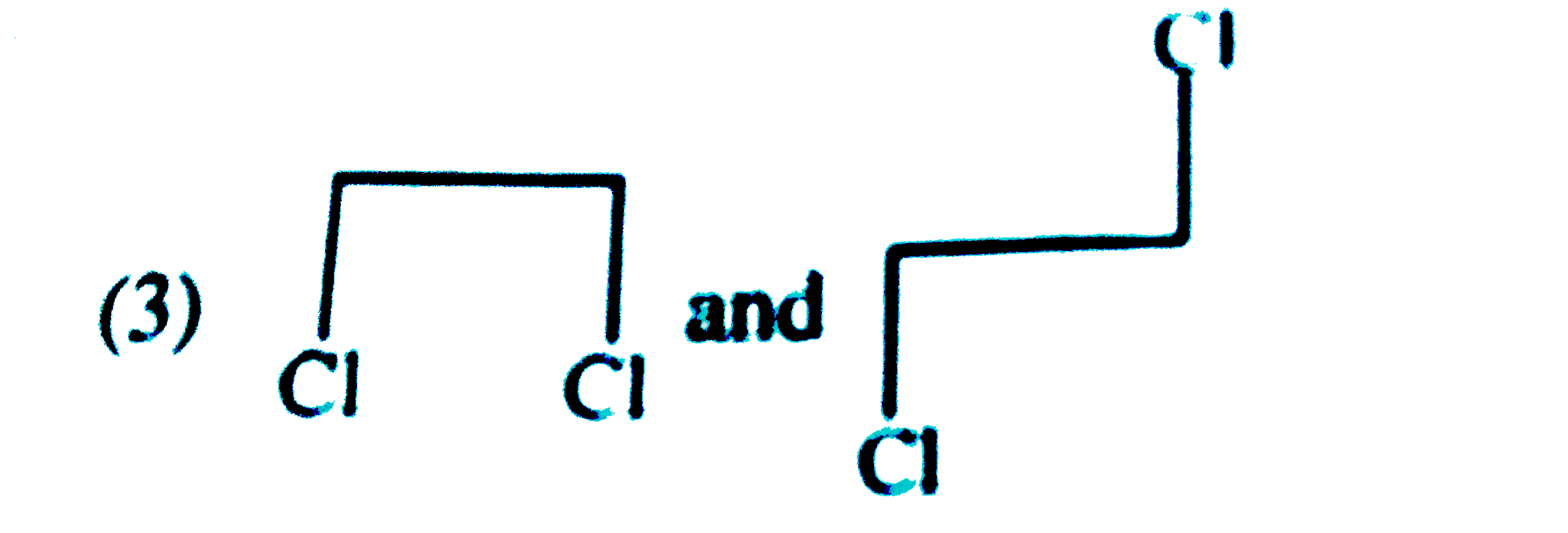

The correct Answer is:C
To determine which of the given pairs of isomers represents a pair of conformational isomers, we first need to understand what conformational isomers are. Conformational isomers are different spatial arrangements of the same molecule that can be interconverted by rotation around single bonds.
1. Identify the Isomers: Start by examining the pairs of isomers provided in the options. Write down their structural formulas to visualize them better.
2. Check for Rotatable Bonds: Look for single bonds in the structures. Conformational isomers can be interconverted by rotating around these single bonds. If a double bond is present, then rotation is not possible, and they cannot be conformational isomers.
3. Analyze Each Option:
- Option 1: Check if the compounds are different and if they can be interconverted by rotation around a single bond. If they are different compounds and cannot be interconverted, they are not conformational isomers.
- Option 2: Mark the substituents on the carbon atoms (e.g., CH3 as 1, Cl as 2, C2H5 as 3, and H as 4). Analyze the spatial arrangement. If the arrangement can be changed by rotating around a single bond, they are conformational isomers.
- Option 3: Similar to the previous options, check the structure and see if rotation around a single bond can yield the other isomer.
4. Determine the Correct Pair: After analyzing each option, identify which pair can be interconverted by rotation around a single bond. This pair will be the conformational isomers.
5. Conclusion: Based on the analysis, conclude which option represents the pair of conformational isomers.
- Option 1: Check if the compounds are different and if they can be interconverted by rotation around a single bond. If they are different compounds and cannot be interconverted, they are not conformational isomers.
- Option 2: Mark the substituents on the carbon atoms (e.g., CH3 as 1, Cl as 2, C2H5 as 3, and H as 4). Analyze the spatial arrangement. If the arrangement can be changed by rotating around a single bond, they are conformational isomers.
- Option 3: Similar to the previous options, check the structure and see if rotation around a single bond can yield the other isomer.
Topper's Solved these Questions
Similar Questions
Knowledge Check
Which of the following are isomers?
Aethane and propaneBethane and etheneCethene and ethyneDbutane and isobutaneWhich of the following pairs of structures represents conformation isomers?
A B
B C
C D
D
Which of the following pairs of structures represents facial and meridional isomers resectively ?
A B
B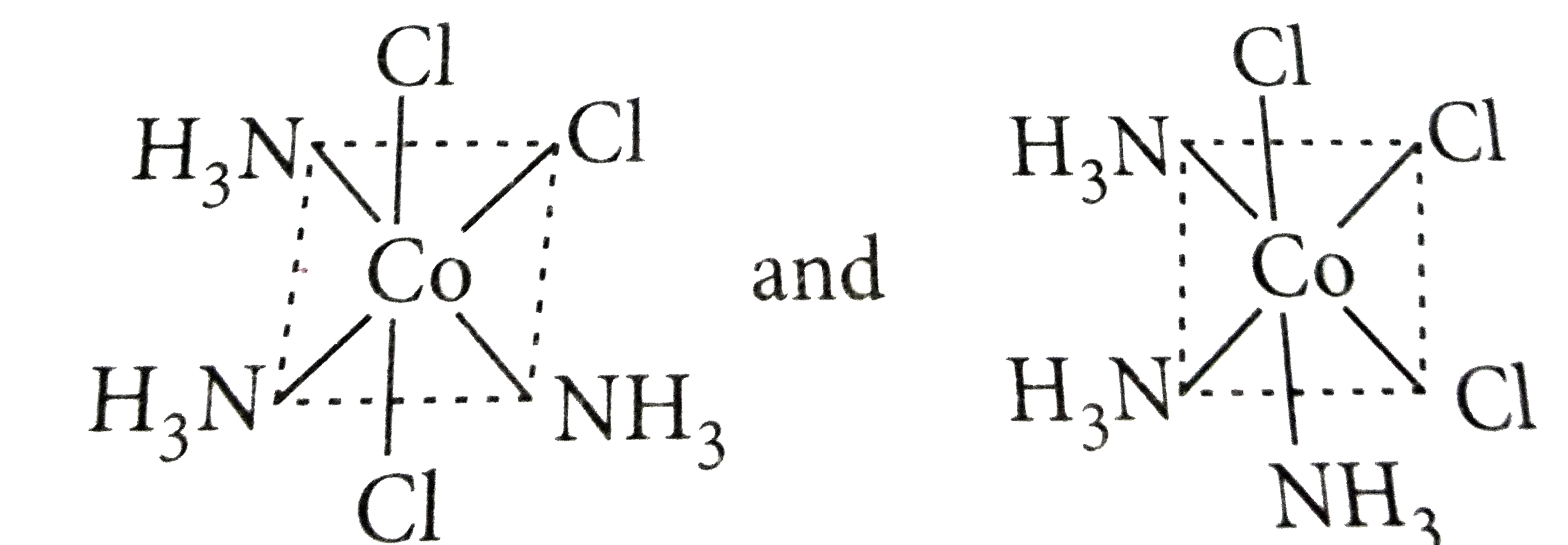 C
C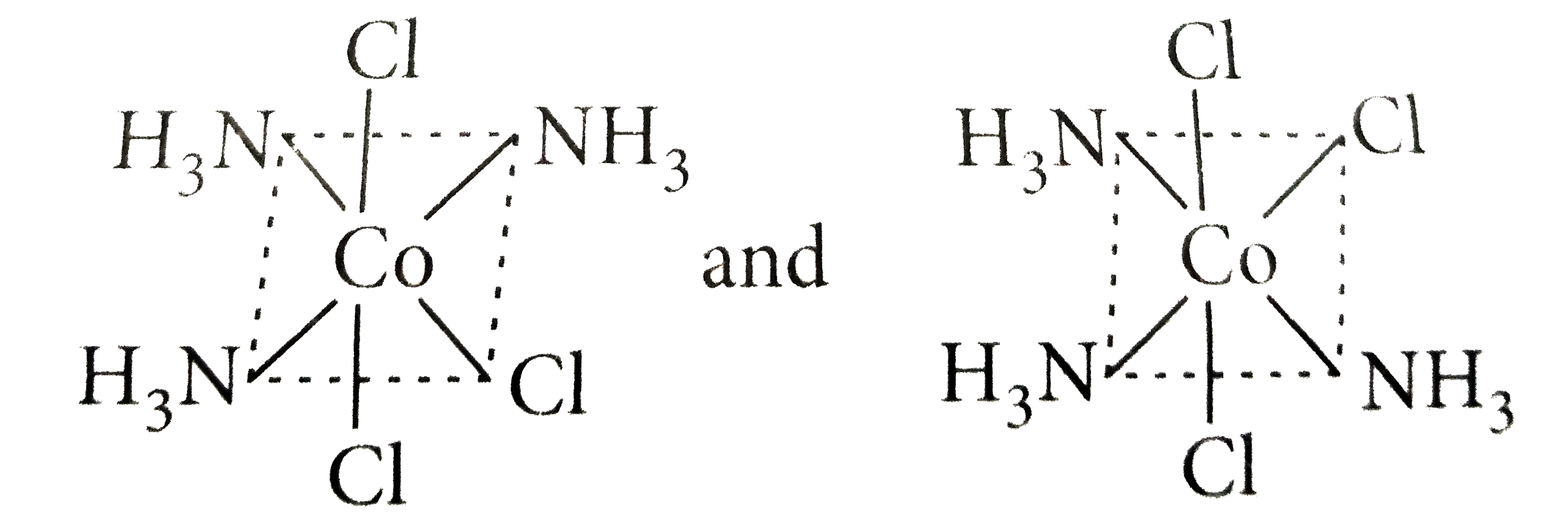 D
D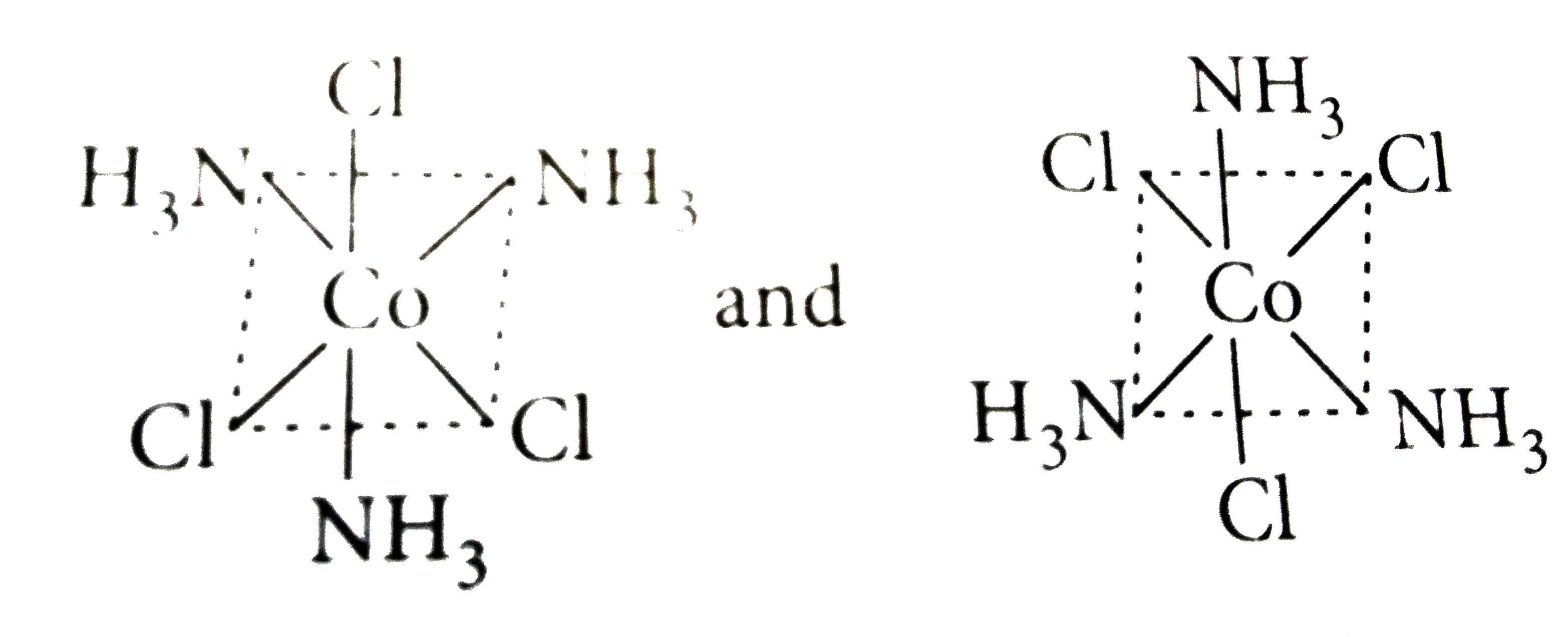
Which one the following is an Z isomer ?
View SolutionWhich of the following pair are chain isomer?
View SolutionWhich of the following pairs of structures represent facial and meridional isomers (geometrical isomers) respectively ?
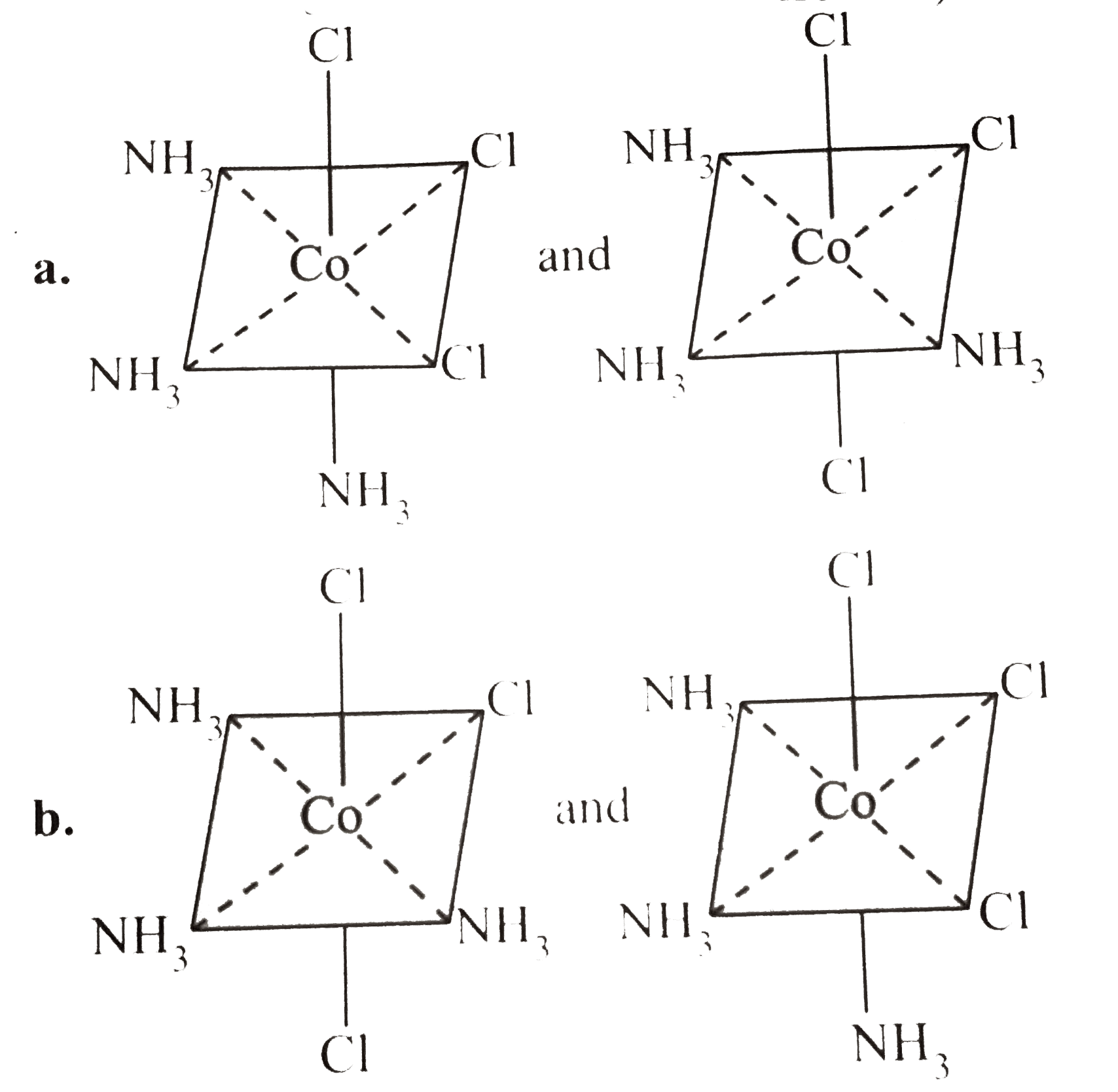
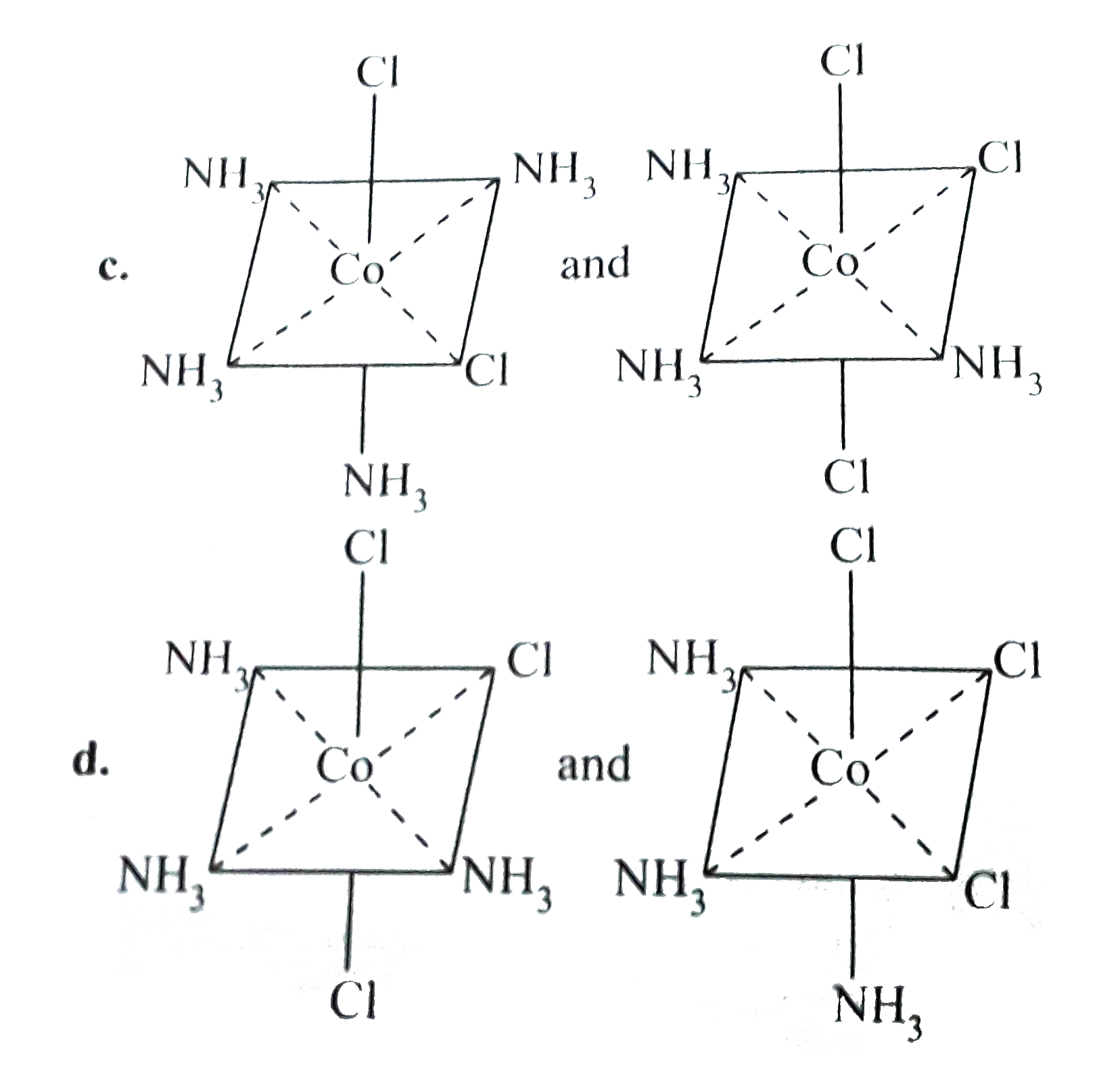 .
.
View SolutionWhich of the following has an optical isomer?
View SolutionWhich of the following pairs represents linkage isomers?
View Solution